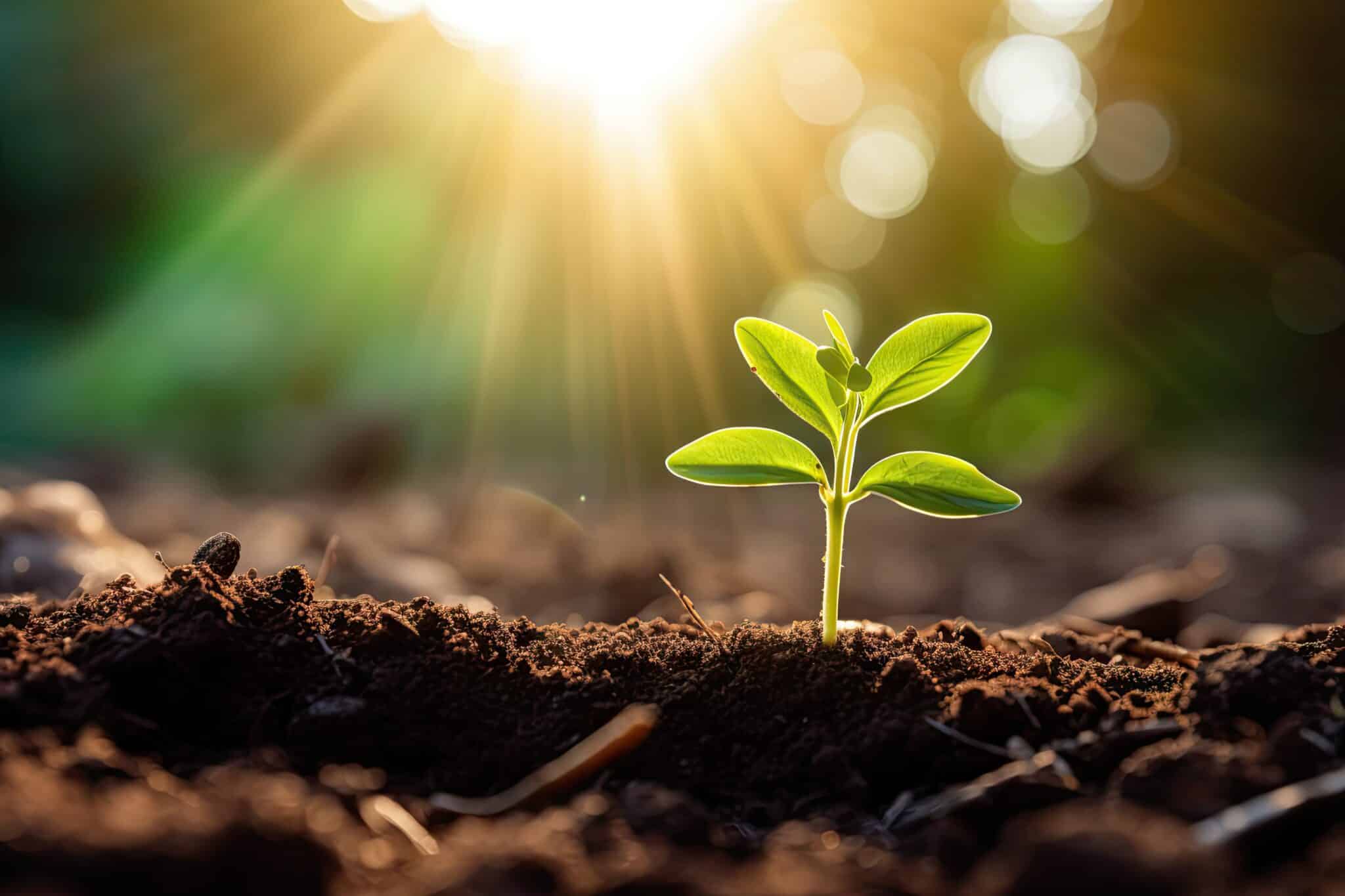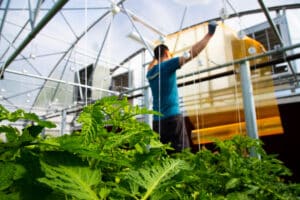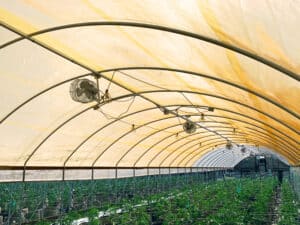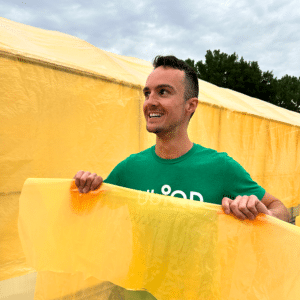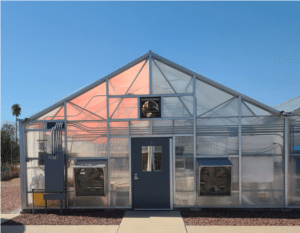
Redefining PAR: Far-Red Photons’ Role in Plant Lighting
Traditionally, photosynthetically active radiation (PAR) has been defined as the range of light wavelengths from 400 to 700 nm, based on the minimal photosynthetic activity of photons beyond 700 nm when applied alone (Emerson & Lewis, 1943; McCree, 1971). However, emerging research suggests that far-red photons (700 to 750 nm) significantly synergize photosynthesis when combined with photons within the PAR range (visible light).
This synergy indicates that far-red light photons should be included in the definition of photosynthetic photons to predict photosynthesis better and evaluate the efficacy of horticultural lighting technologies. The effectiveness of far-red photons in driving enhanced photosynthesis means that technologies utilizing these photons, such as downshifting luminescent materials and fixtures that include far-red, should be reevaluated for their effectiveness as plant growth spectrum providers.
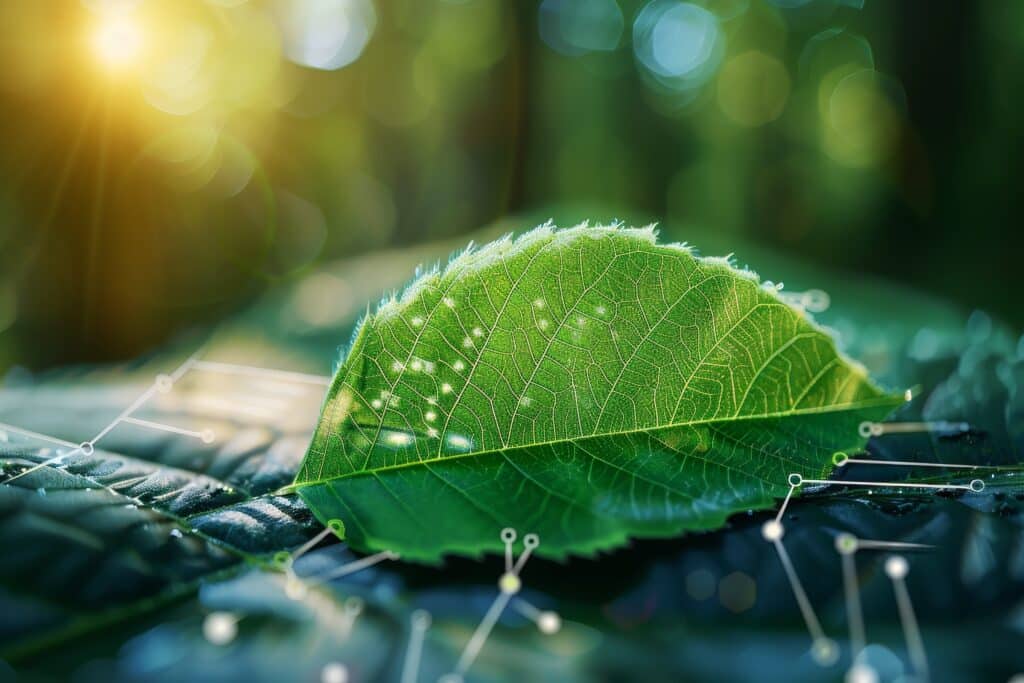
Historical Background
The wavelength dependence of photosynthesis has been long established. Early studies (Hoover, 1937; Emerson and Lewis, 1943) noted a rapid decline in photosynthetic efficiency at wavelengths above 685 nm, a phenomenon known as the “red drop” (Emerson and Lewis, 1943). Later, Emerson et al. (1957) discovered that the photosynthetic rate increased significantly when far-red light photons were combined with shorter wavelengths leading to the identification of the Emerson Enhancement Effect.
This effect highlighted the synergistic interaction between Photosystem I (PSI) and Photosystem II (PSII) but was largely overlooked for decades.
McCree (1972b) defined PAR as 400-700 nm based on studies using broad-spectrum, without considering the potential photosynthetic contribution of far-red photons. He concluded that this range was “an acceptable definition of photosynthetic flux,” yet did not test the inclusion of far-red photons in enhanced photosynthesis.
Recent Studies Indicate the need to Revise the Definition of PAR
Recent advancements in LED horticultural lighting technology have allowed researchers to revisit the Emerson Enhancement Effect. Zhen and van Iersel (2017) demonstrated that adding far-red photons (735 nm peak), which are crucial parts of the red light photon spectrum, to red+blue or white LEDs increased the quantum yield of PSII and leaf photosynthetic rate.
Similarly, Zhen et al. (2019) used laser diodes to show that far-red photons up to 732 nm significantly enhance photosynthetic efficiency by preferentially exciting PSI, highlighting the need to expand the traditional definition of PAR.
Further studies by Zhen and Bugbee (2020a) found that far-red photons were as effective as traditional PAR photons for enhanced photosynthesis when they comprised up to 30% of the total photon flux. They also observed that far-red photons alone were ineffective, and their benefit plateaued beyond 30% of the total flux. In a follow-up study (Zhen and Bugbee, 2020b), far-red photons were shown to maintain equal canopy quantum yield (CQY) under various LED treatments, confirming their photosynthetic value within the realm of horticultural lighting.
Challenges in Adopting the Extend PAR (ePAR) Definition
Despite compelling evidence, the Design Lights Consortium (2021) decided not to include far-red photons in the PAR definition. They cited concerns about the dependency of the enhancement effect on the spectrum of background light and misinterpreted data suggesting a non-linear photosynthetic response at higher light intensities (Zhen and van Iersel, 2017). Horticultural lighting advancements continue to explore these challenges to refine plant growth optimization.
Zhen and Bugbee’s (2020a) research, which demonstrated that far-red photons alone had minimal photosynthetic activity but significantly enhanced photosynthesis when combined with PAR photons, was mischaracterized as merely additive.
Additionally, the spectral effectiveness of far-red photons (Zhen et al., 2019) indicated that wavelengths up to 732 nm were beneficial, while those above 752 nm were not. Despite this, precise knowledge of spectral response within the PAR range has not hindered its widespread adoption, influenced by the interactions with red light photons and the role of red light for plant growth.
Practical Implications and Future Directions
Including far-red photons in the PAR definition, termed extended PAR (ePAR), would more accurately reflect the photosynthetic activity of photons. However, the impact of far-red photons on plant morphology, such as stem and leaf elongation, suggests practical limitations to their use. Far-red photons typically cause significant elongation, likely limiting their proportion to less than 20% of the total photon flux for most crops. Therefore, LED manufacturers should clearly specify the fraction of far-red photons, including the red light photon fraction, in their fixtures.
The current definition of horticultural fixture efficacy, which excludes far-red photons, discourages innovation in horticultural lighting design. Expanding the PAR definition to ePAR (400-750 nm) would encourage the development of more efficient fixtures. As more research supports this extension, it is expected that ePAR will replace the current PAR definition, fostering advancements in horticultural lighting.
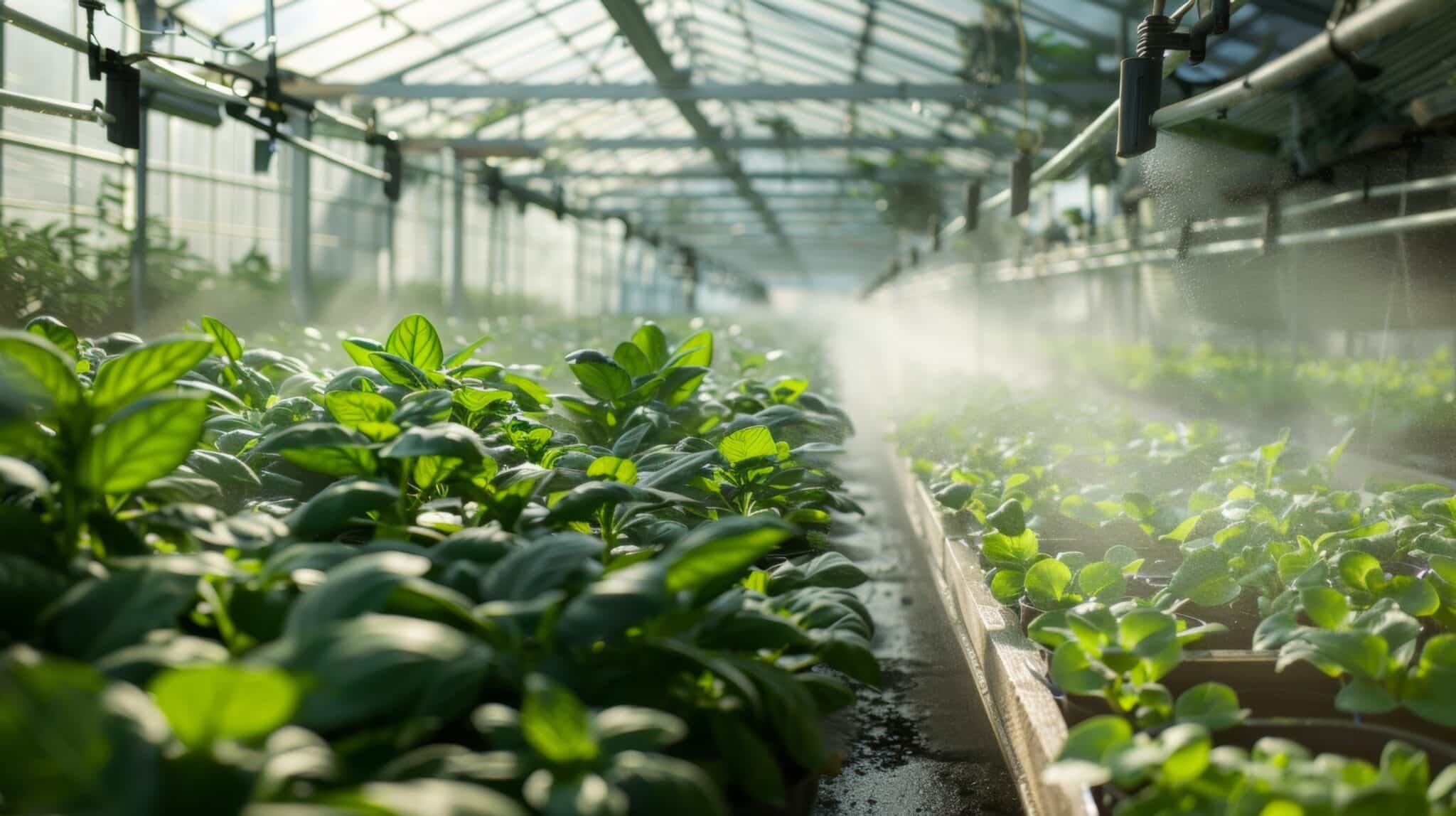
Far-Red and Downshifting Luminescent Materials for Crop Growth
Photoluminescent materials such as quantum dots, phosphors, and dyes can be used to passively downshift blue and UV parts of the sunlight spectrum to redder parts of the spectrum. This passive downshift has been shown to increase light use efficiency and yields in food crops (Hebert et al., 2022) (Parrish et al., 2021). Because passive downshifting using luminescent materials often results in a spectrum that peaks in the 600-650 nm range, the long wavelength edge can push some of the incident light past the visible light cutoff of 700 nm, into the far-red (see Figure).
The recent efforts towards a redefinition of PAR light to include far-red underscore that passive downshifting of light beyond the PAR edge can indeed be useful for enhanced photosynthesis, as long as the majority of the far-red light is provided along with a white light background, which is certainly the case for these horticultural lighting technologies. These systems, utilizing red light photons, further support optimized plant growth and crop yields.

Conclusion
In conclusion, the inclusion of far-red photons in the definition of photosynthetically active radiation (PAR) is a necessary advancement to more accurately predict photosynthetic efficiency and improve horticultural lighting design. Historical and recent studies underscore the significant role far-red photons play in enhancing photosynthesis when combined with traditional PAR wavelengths. While practical challenges such as plant morphology effects must be considered, the shift towards an extended PAR (ePAR) definition (400-750 nm) will encourage innovation and lead to more efficient horticultural fixtures that effectively utilize red light photons.
This adjustment aligns with the increasing use of photoluminescent materials that passively downshift light into the far-red spectrum, further supporting their potential for optimizing crop growth through enhanced photosynthesis. As research continues to validate the benefits of including far-red photons, it is expected that the industry will adopt the ePAR definition, marking a significant step forward in the field of horticultural lighting.
References
- Design Lights Consortium. (2021). [Report on the Definition of PAR].
- Emerson, R., & Lewis, C. M. (1943). Studies on the independence of photosynthesis from light intensity.
- Emerson, R., et al. (1957). Emerson Enhancement Effect.
- Hill, R., & Bendall, D. S. (1960). Function of the two photosystems in photosynthesis.
- Hebert, D., et al. (2022). Luminescent quantum dot films improve light use efficiency and crop quality in greenhouse horticulture.
- Hoover, W. H. (1937). Photosynthesis and light intensity.
- Liu, H., & van Iersel, M. W. (2021). Efficiency of red and green photons in photosynthesis.
- McCree, K. J. (1971). The action spectrum, absorptance, and quantum yield of photosynthesis in crop plants.
- McCree, K. J. (1972b). Test of current definitions of photosynthetically active radiation against leaf photosynthesis data.
- Myers, J., & Graham, J. R. (1963). The photosynthetic efficiency of far-red light.
- Parrish, C.H. (2021). Optimizing spectral quality with quantum dots to enhance crop yield in controlled environments.
- Terashima, I., et al. (2009). Green light drives leaf photosynthesis more efficiently than red light in strong white light.
- Zhen, S., & Bugbee, B. (2020a). Far-red photons have equivalent efficiency to traditional photosynthetic photons.
- Zhen, S., & Bugbee, B. (2020b). Effect of far-red light on quantum yield of photosynthesis in lettuce canopies.
- Zhen, S., et al. (2019). Effects of far-red photons on photosynthetic efficiency.
- Zhen, S., & van Iersel, M. (2017). Synergistic effects of far-red photons on photosynthesis.

Dr. Damon Hebert
Dr. Damon Hebert serves as Director of Agriculture Research for UbiQD, Inc., with a background in solar materials and controlled environment cannabis cultivation. He is an advocate for the use of advanced materials to further the industry’s push towards sustainable farming practices. He can be reached at [email protected].
Share:
Connect With Us
Company
Resources
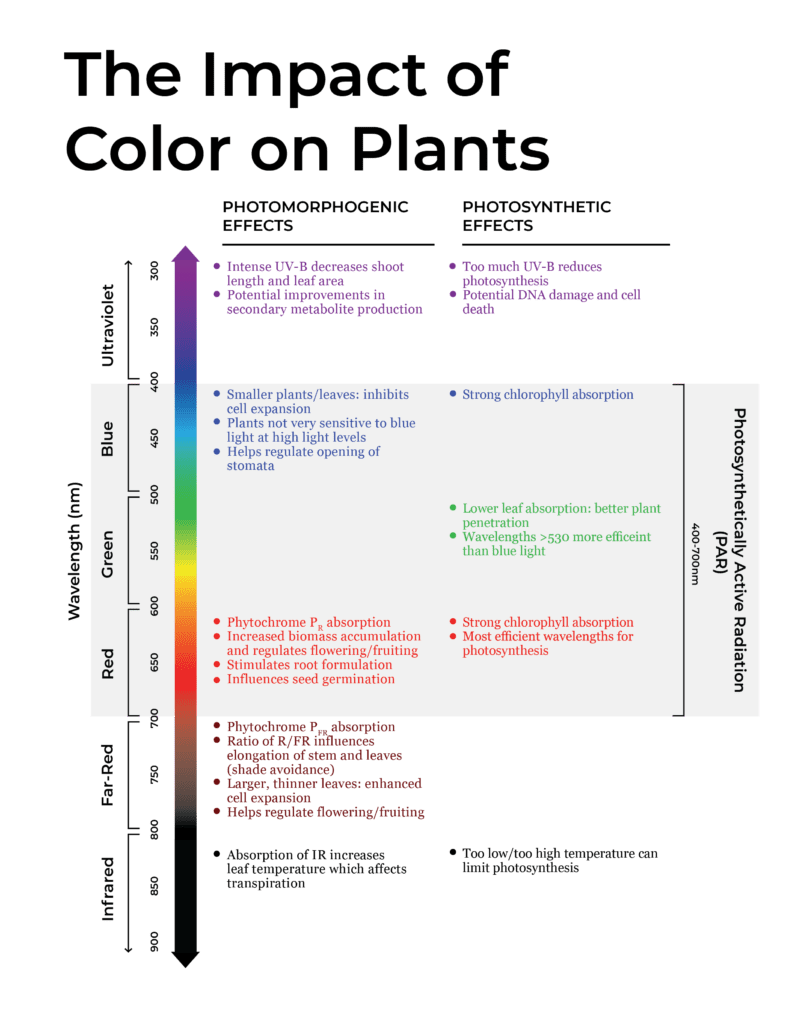

Hunter McDaniel, PhD
Founder & CEO
Hunter earned a Ph.D. in Materials Science and Engineering at the University of Illinois at Urbana-Champaign, before joining Los Alamos National Laboratory in the Chemistry Division. Ultimately the value proposition of UbiGro is about boosting crop yields and quality without the cost or energy impact of lighting. Hunter has more than fifty publications and patents, and more than 2000 total citations, h-index: 20. Hunter fundamentally believes that novel materials underpin every significant technology advancement, and he is focused on leveraging new materials to have a lasting and sustainable impact.

Damon Hebert, PhD
Director of Agriculture
Damon brings a wide range of experience in agriculture, materials science, spectroscopy, and small business. During his time in Prof. Angus Rockett’s research group at The University of Illinois at Urbana-Champaign (UIUC), Hebert authored a doctoral thesis and multiple papers on the materials science of CIGS semiconductor materials, which is closely related to the materials developed at UbiQD. He also served as a consultant to Nanosolar, a CIGS nanocrystal solar cell manufacturing company. Hebert has industry experience having co-founded Dr. Jolly’s, a leading cultivation and distribution operation in Bend, OR.

Tania Lafaille
Sales Representative
Tania is a UbiGro Sales Representative, with over 7 years of experience in product sales (specifically berries and avocados) covering all of North America and parts of South America. While in agriculture, Tania has cultivated strong relationships with growers and distributors, granting her a unique insight into both perspectives. That understanding, paired with her fierce dedication to results, drives her fun and fiery commitment to her craft. Tania is based in Gilroy, CA.
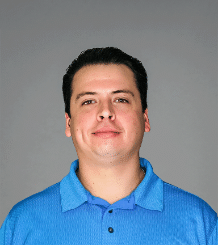
Tyler Veyna
Sales Representative
Tyler brings 15 years of experience in Greenhouse production and facility management of a wide range of crops in multiple states to the UbiGro team. Based in Salinas, California. “Being a fourth-generation farmer, I look to improve and empower the grower, and with UbiGro, we can do just that.”

Jim Gideon
Sales Manager
Jim Gideon is an UbiGro Sales Manager, with over 25 years of greenhouse industry sales experience covering all of North America. Previously Jim has worked for Green Tek, Plazit-Polygal, Texel, Cherry Creek, and Nexus. He is based in Montgomery, AL, and Jim believes that “light is everything to the grower.”
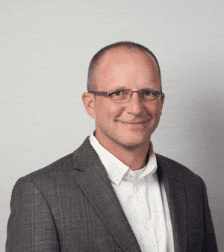
Eric Moody
Director of Sales
Eric Moody is UbiQD’s Director of UbiGro Sales. Eric has more than 6 years of experience in horticulture lighting industry, building relationships with greenhouse growers of all sizes and crops on optimal lighting for their growing operation, and most recently managed a North American sales team for PL Light Systems. Overall, Eric has been in sales leadership positions for more than 13 years. Eric brings with him a great understanding of the market and available technologies for growers, greenhouse facilities, and sales leadership. Reach Eric by phone at 541-490-6421 or by email at [email protected].

Mike Burrows, PhD
Dr. Michael Burrows is UbiQd’s Vice President of Business Development. His educational background includes a Materials Science doctorate from the University of Delaware and an MBA from Duke University Fuqua School of Business. His career has specialized in the commercialization of novel electronic materials in venture-run programs for different industries including solar, biosensors, and the automotive industry. In both start-up and corporate environments, he has extensive experience in global market development, foraging supply chain partnerships, productization, and brand building. He is currently leading UbiQD’s partnership efforts in luminescent greenhouse technology, smart windows, and security ventures.

Matt Bergern, PhD
Cheif Product Officer
As Chief Product Officer at UbiQD, Dr. Matt Bergren leads the company’s product development efforts, sales, and product manufacturing, including the company’s first commercial agriculture product, UbiGro. He plays a critical role in continuing the company’s path of technology development and vision of powering product innovations in agriculture, clean energy, and security.
He serves as the principal investigator for UbiQD’s contract with NASA, focused on tailoring the solar spectrum for enhanced crop production for space missions. Dr. Bergren’s leadership experience includes serving on the board of directors for the New Mexico Energy Manufacturing Institute, focused on job creation in New Mexico’s energy, and related manufacturing community.
